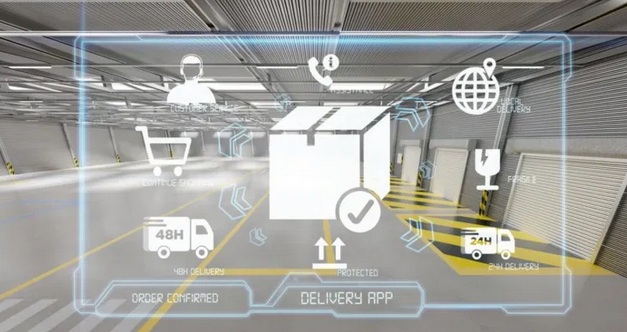The ongoing COVID-19 pandemic has disrupted the flow of goods across the globe, from raw materials to finished products. The pandemic has raised awareness of the importance of truck drivers, delivery drivers and warehouse workers who have kept products moving in this challenging environment. The economic ramifications have forced companies and industries to reevaluate their supply chains.
Additionally, the pandemic has vividly illustrated that today’s highly interlinked, international supply chains have more potential points of failure and less flexibility for absorbing delays and disruptions than business leaders may have realized.
To build more resilient and flexible supply chains, companies may consider several options, including bringing some critical activities closer to home, setting up backup suppliers to reduce exposure to any single supplier/country, or refining their inventory strategies. Of course, any such alteration will affect logistics and transportation.
Having the right combination of technology, expertise, people, and solutions in place is critical as companies revisit their supply chain strategies. Fortunately, leveraging supply chain technology can improve end-to-end visibility, resiliency, and efficiency within your supplier networks.
Advances in digital technology and automation are driving the continued evolution of supply chains. Some of the most impactful technologies can be grouped into three buckets:
Automation
-Robotic Process Automation (RPA)
-Configurable workflows
Digitization
-Artificial intelligence
-Machine learning
-Cloud computing
Big data
-Internet of Things
Companies in many industries currently employ these technologies. GlobalTranz uses these technology advances to enable and support our people. We have used RPA to streamline many rote, operational tasks and allow our workforce to tackle more strategic, higher-value activities, particularly those which build relationships with our customers, suppliers, and partners. RPA creates a software robot leveraging a specific set of rules to automate tasks, such as document retrieval, inter-system data entry, approval processes, and gathering track and trace data. Unlike traditional custom-developed solutions, RPA can be continuously modified in a more real-time approach – especially important as the number of data sources and the sheer amount of data continues to increase.
By contextualizing data and reviewing daily processes, businesses can make complex and time-consuming processes more efficient. For example, when using RPA to gather track and trace data, you can be assured that the information is the most recent and accurate.
Before building bots to automate the collection of track-and-trace information, GlobalTranz devoted nearly 139 days’ worth of time annually, per person, to this task. Automation has enabled people to spend more time with customers and partners helping them devise strategies to address challenges brought on by COVID-19 and create a more resilient supply chain.
As companies look ahead to the economic recovery, it is imperative that they obtain greater visibility into their own facilities, their direct suppliers, and logistics partners. The crisis demonstrates the need for resiliency and accurate, real-time information that can help businesses make better-informed decisions and mitigate the costs of supply chain disruptions.
Obtaining accurate, real-time information to mitigate complexity and create resiliency requires a more digitized approach. Disruptive risks require investment in additional supply chain resilience even though the gains and the return on investment may not be immediate.
Successful organizational change, much like social change, can be influenced by the people and capabilities around us – including both stakeholders within your business and your supply chain partners – as well as how internal data and external intelligence are leveraged to make better business decisions.
Written by Russ Felker, CTO of GlobalTranz
Source: https://www.globaltrademag.com
CUT COTS OF THE FLEET WITH OUR AUDIT PROGRAM
The audit is a key tool to know the overall status and provide the analysis, the assessment, the advice, the suggestions and the actions to take in order to cut costs and increase the efficiency and efficacy of the fleet. We propose the following fleet management audit.




